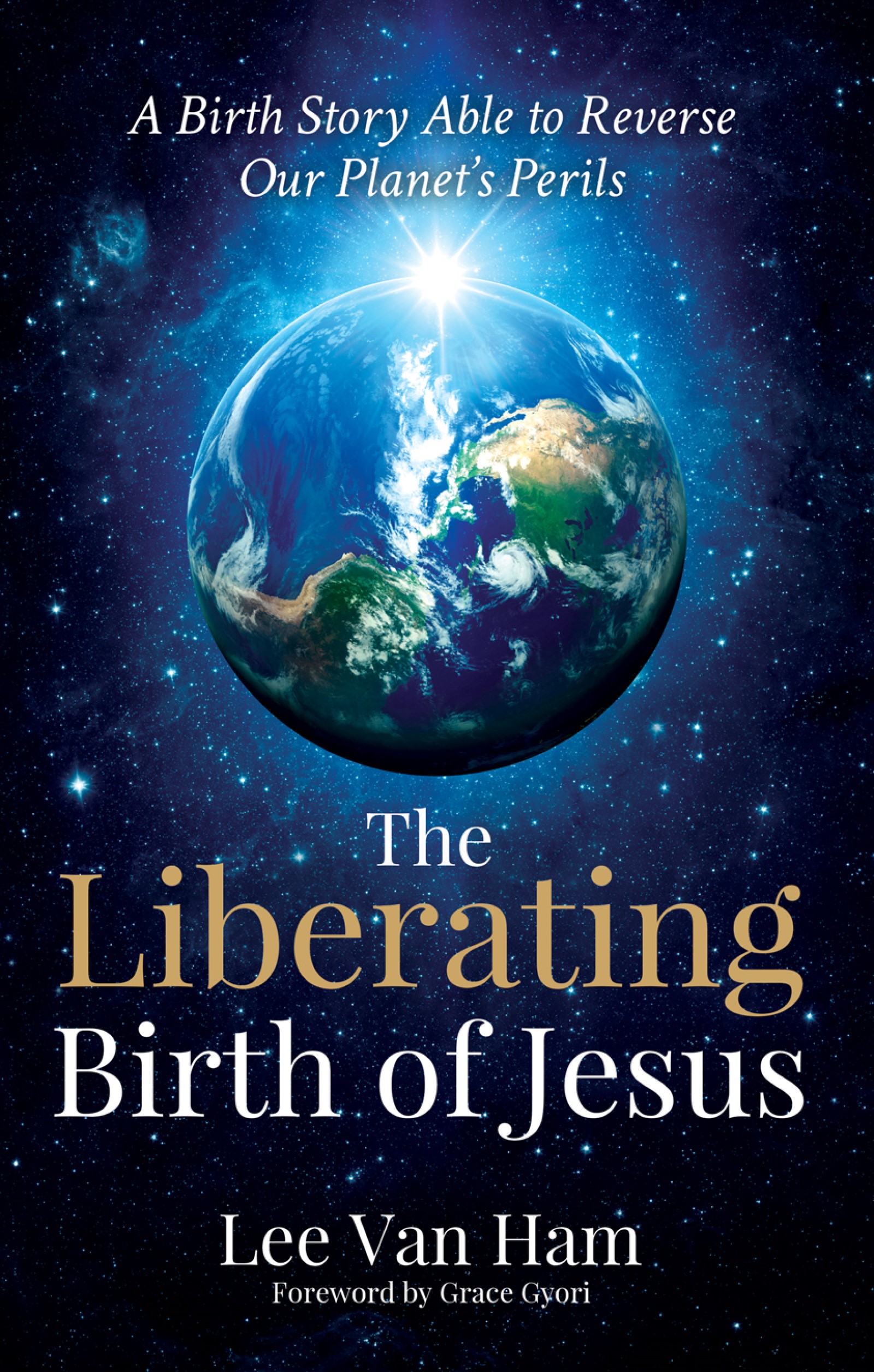Review of the Book: The Liberating Birth of Jesus: A Birth Story Able to Reverse Our Planet’s Perils

The Liberating Birth of Jesus by Lee Van Ham is a groundbreaking book for me. My passion for the last fifty years has been the study of the New Testament. According to Van Ham, I have gone about this study in the wrong way. This revelation both hurts; and yet, in a more important sense, is immensely helpful.
Van Ham anchors his study in an analysis of the birth stories in Matthew (1:1-2:23) and Luke (1:5-2:40). I have both written and spoken about those stories. Here is what I have said.
I always begin by asking an audience to read both stories and to list the events on a piece of paper for each one. When this is done, you find the events in the two stories have nothing in common. From this observation, I conclude that at least one of the stories must be fictional. I then proceed to discuss some of the historical problems contained within the two stories which enables me to conclude that in fact both stories are fictional.
My next point is that fictional stories in ancient literature were written for a purpose. In the case of the two birth stories, the authors had several purposes in mind. The first was to pinpoint when Jesus became the Son of God. Both stories indicate that this happened at birth. I then suggest that the two stories introduce the role Jesus will play in the salvation history of Israel. For Matthew, Jesus will function as the new Moses while for Luke he is Israel’s last prophet.
If Van Ham read this introduction, he would say: “Your analysis is interesting Rick, but you miss the main point of the two stories.” He would then point out that my analysis was based on rational thinking, a function of my ego. According to Van Ham, I have missed the point because the authors of the two stories wrote from a perspective of higher consciousness. They lived in early Christian communities where the way of Jesus was deeply embedded in the thinking of the community members. They shared wealth, viewed women and Gentiles as equal members of God’s kingdom, and were committed to the practice of forgiveness, mercy, and nonviolence. They held these views because they were infused with a deep sense of the divine presence, the Christ. The two gospel writers crafted their stories from this perspective.
The writers of the gospels were not interested in biography or history, but rather identity. Who was this guy named Jesus? According to the birth stories of Matthew and Luke, he was a man born within time and in a specific place, but he was also the Christ. The significance of this last label indicates that the man Jesus was infused with the presence of God. In this sense, he was a new creation which is the main point of both the Matthew and Luke stories.
Reading the New Testament according to Van Ham is not about imposing a twenty-first century mindset on the gospel stories. It is also not about piecing together the history of the period, but rather it is about understanding the identity of Jesus. For those like me who love the challenge of interpretation, there is plenty to do. The point of that work is to understand what first century events and images tell us about who Jesus was. Van Ham undertakes an impressive analysis of the genealogy found in Matthew (1: 1-1:17) to do just that.
What is the significance of the two approaches to reading the New Testament, my rational, egocentric strategy based on twenty-first century prejudices and Van Ham’s focus on internalizing a deep understanding of who Jesus was? In my writings, I lay out data from Matthew’s birth story to suggest that a central purpose of Matthew’s story was to portray the historical Jesus as the new Moses. As I suggest above, such a conclusion is interesting, at least to some with an intellectual bent.
Van Ham does an impressive job laying out data for both birth stories that indicate the stories are about Jesus’s identity as a new creation, a human being who has been taken over by God’s presence which is embedded in all living things. When you focus on understanding this data and internalize the story in a meaningful way, the story is transforming. It takes you to a different place. You too become infused with this divine presence.
This encounter with the divine presence is critically important for Van Ham because he has an agenda with this book. He has a passionate concern for the threat of climate change and the damage to the world that results from an egocentric perspective focused on greed, power, economic gain, and consumption. He believes the only hope for mankind to survive the global crisis posed by climate change is to acquire a new way of thinking, a way of thinking defined by the presence of God living within us, a way of thinking made possible by the incarnation of Christ in all humans. One way to acquire this higher level of consciousness is to learn to read the New Testament with new eyes. This book shows you how to do that. It is an important book.

Click here to purchase or read more about:
What? The birth of Jesus as told in the gospels is not the same story as the “Christmas story” in holiday celebrations? No, and this book explains why. They exist in two different worldviews. The gospels thrive in the creation worldview, but the Christmas story was born in empire’s worldview.

